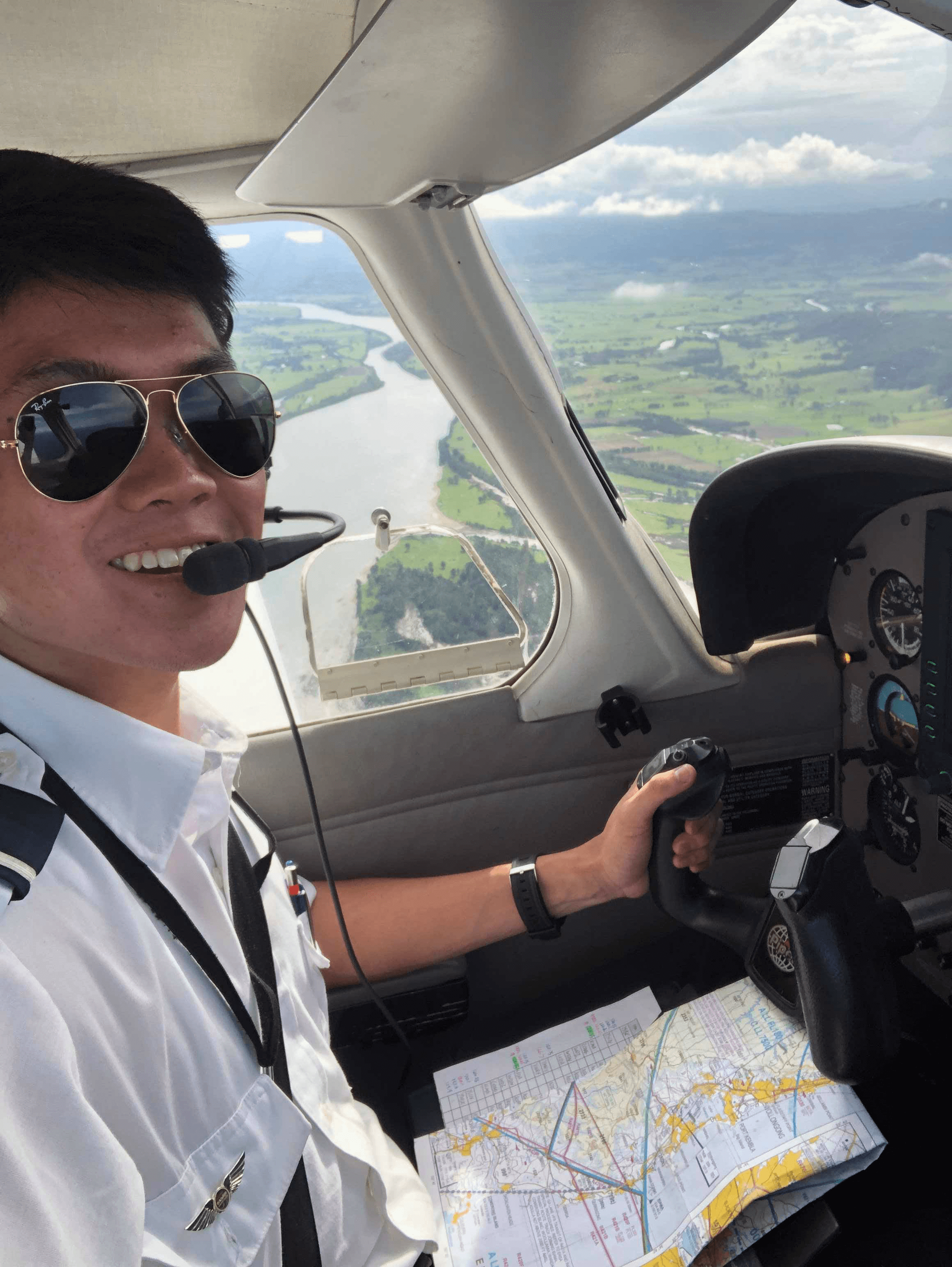Setting up for Aviation
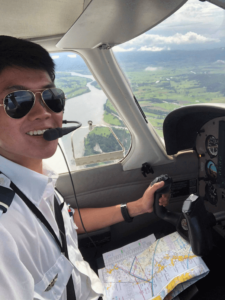
by Gabriel Leung
UNSW student & Basair Aviation College graduate (officially a Commercial Pilot Licence holder)
Alumnus of SIGI Learners (HSC Chemistry, Physics, English)
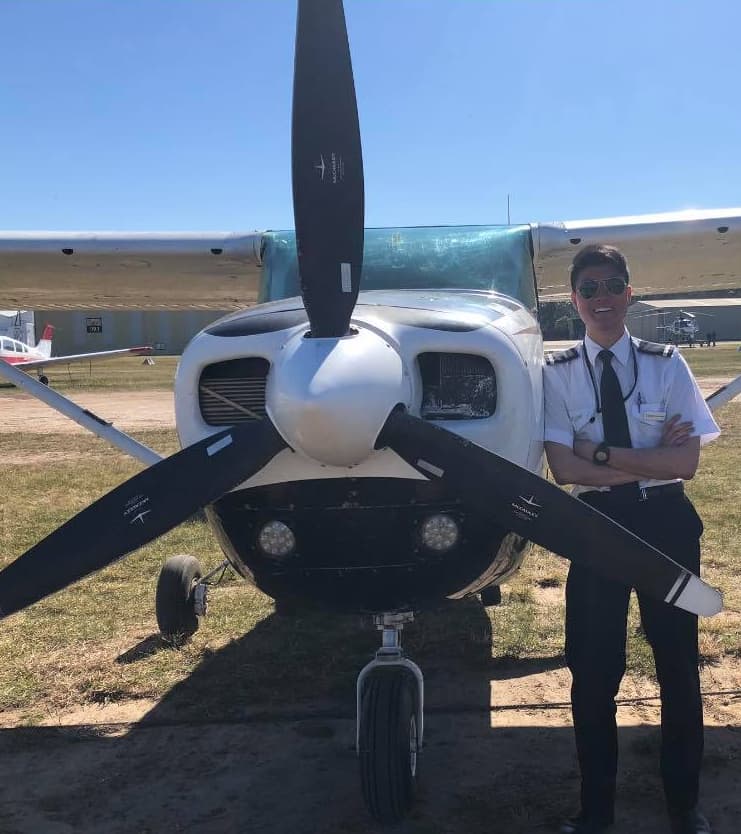
How It All Took Off
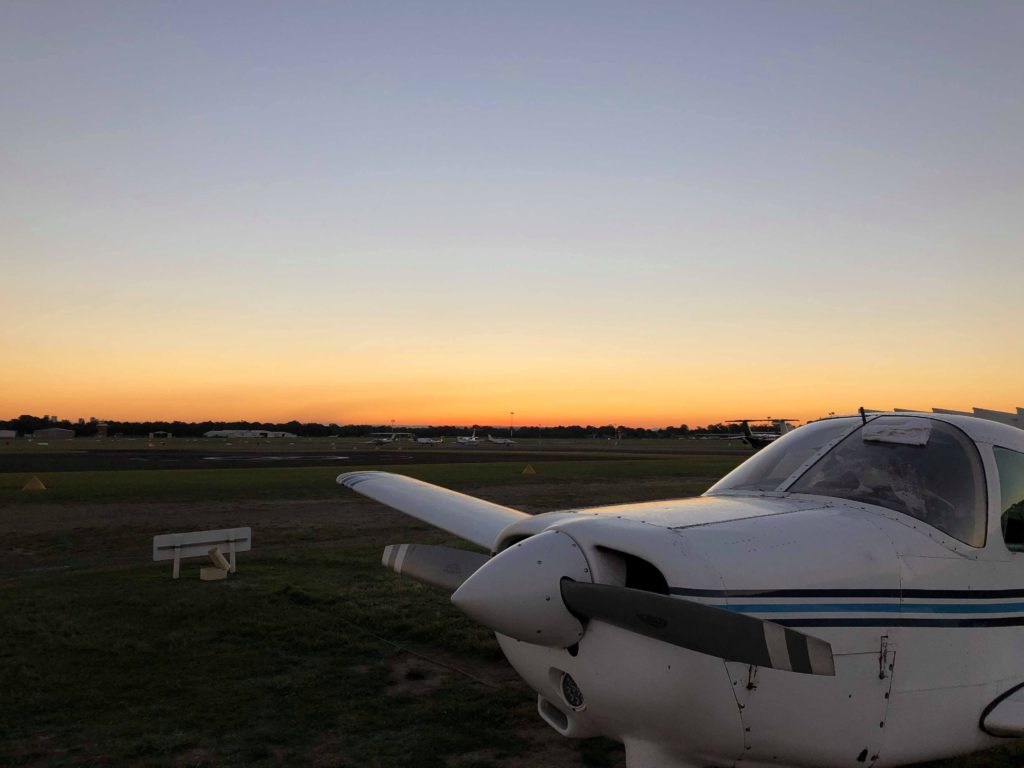
From what I remember, the idea of being a pilot sparked
around the time I was in year 6. Although remarkably, some friends have told me
that I had mentioned it in year 4! It wasn’t until I entered year 8 that I
decided on aviation as my profession and so began my research of said field. I
knew neither anyone nor anything of aviation so there was a lot of googling
along with frequent visits to my high school’s career advisor. It was the least
known occupation but there were leaflets of an aviation course at Griffith
University. This sparked the realization that aviation courses exist in
university but are rare.
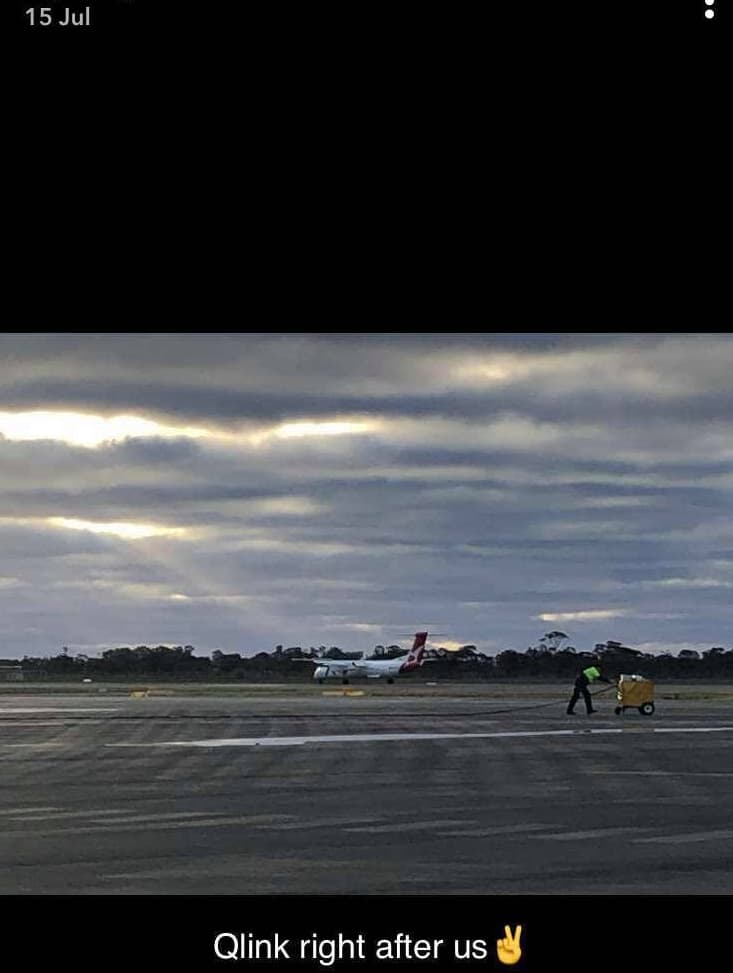
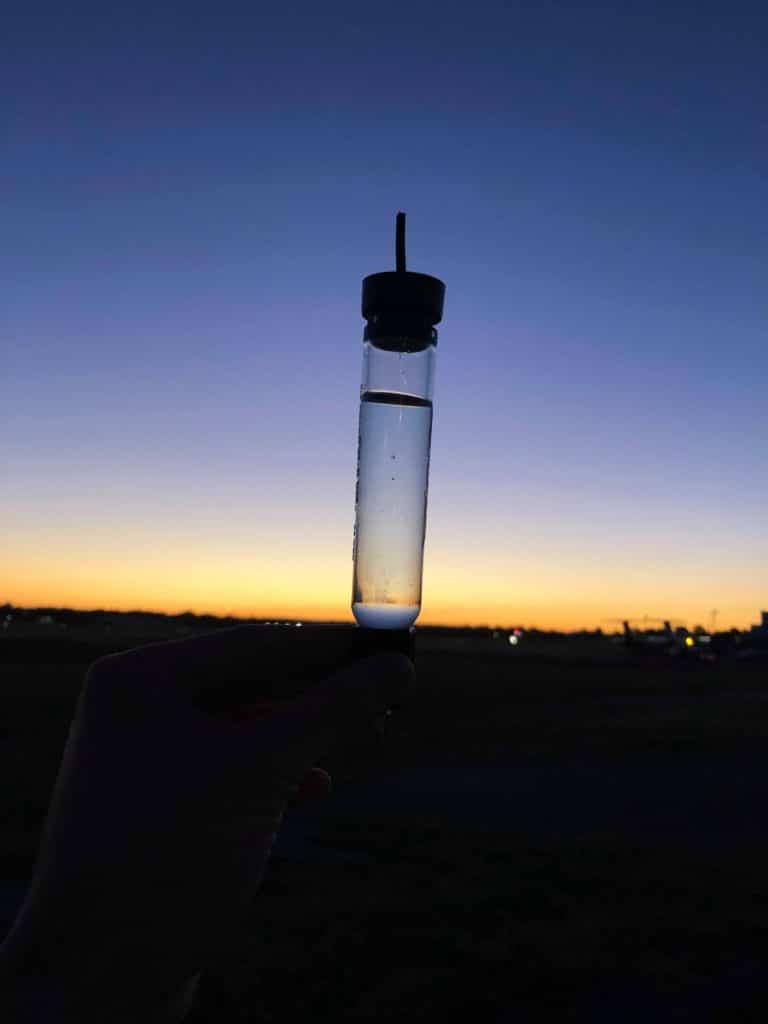
Throughout the next
couple years, I’d research a bit in my free time and found a few
universities and TAFE courses mainly across NSW but as well as other
states. In year 10, I took the initiative to attend the UNSW Open Day to
sit in the aviation seminars, which I revisited in my HSC year (I was a
keen bean).
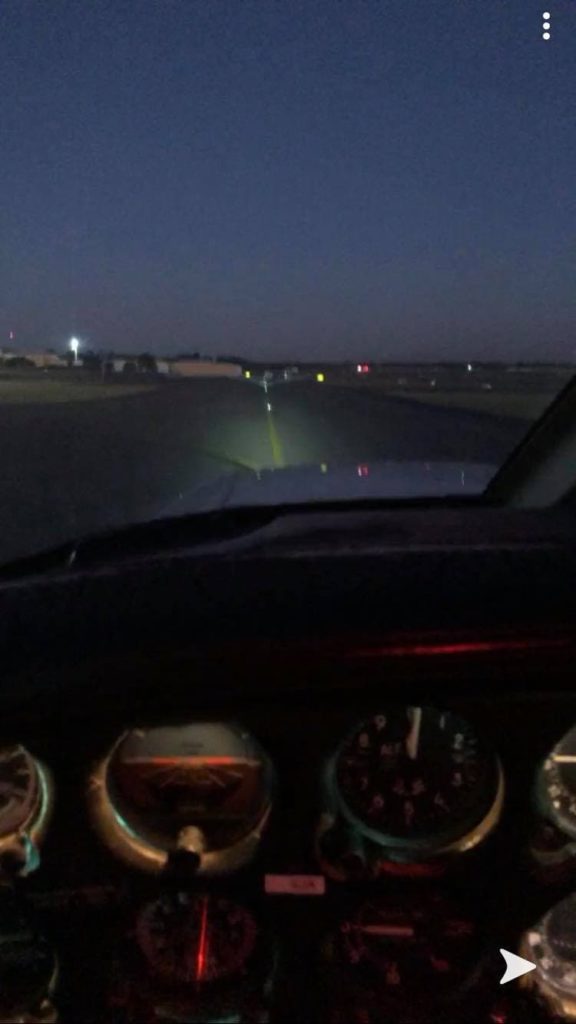
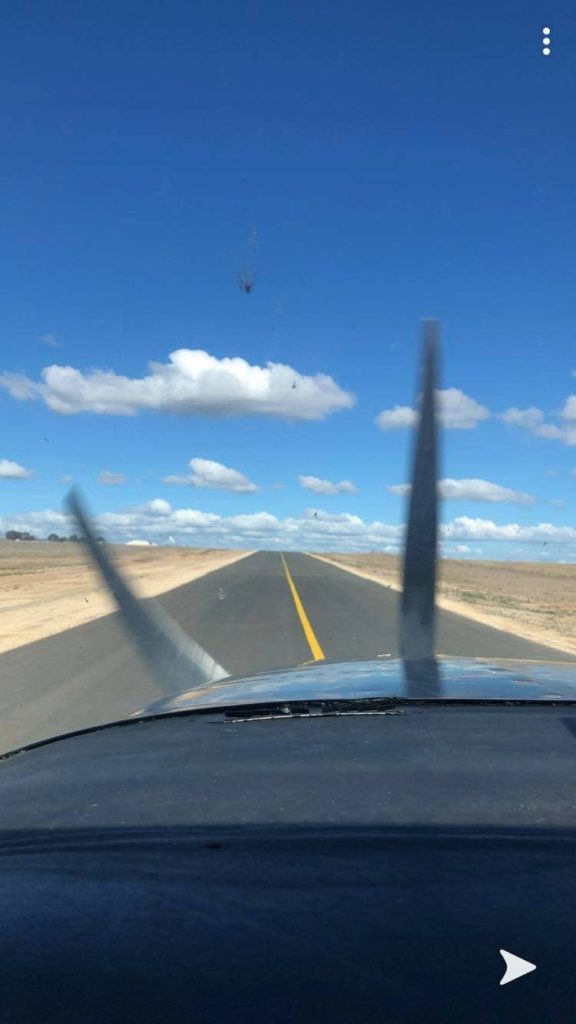
Further down the year, I attended a Career’s Expo where a flight school was advertising. We had a couple of chats and later into the week, they gave me the amazing opportunity to do my year 10 work experience with them and that allowed me to absorb the aviation environment and their means of operation.
By the end of the year, I had set my mind on going to university, not that there were many unis to choose from. With personal preference, there was only one so close to home: UNSW.
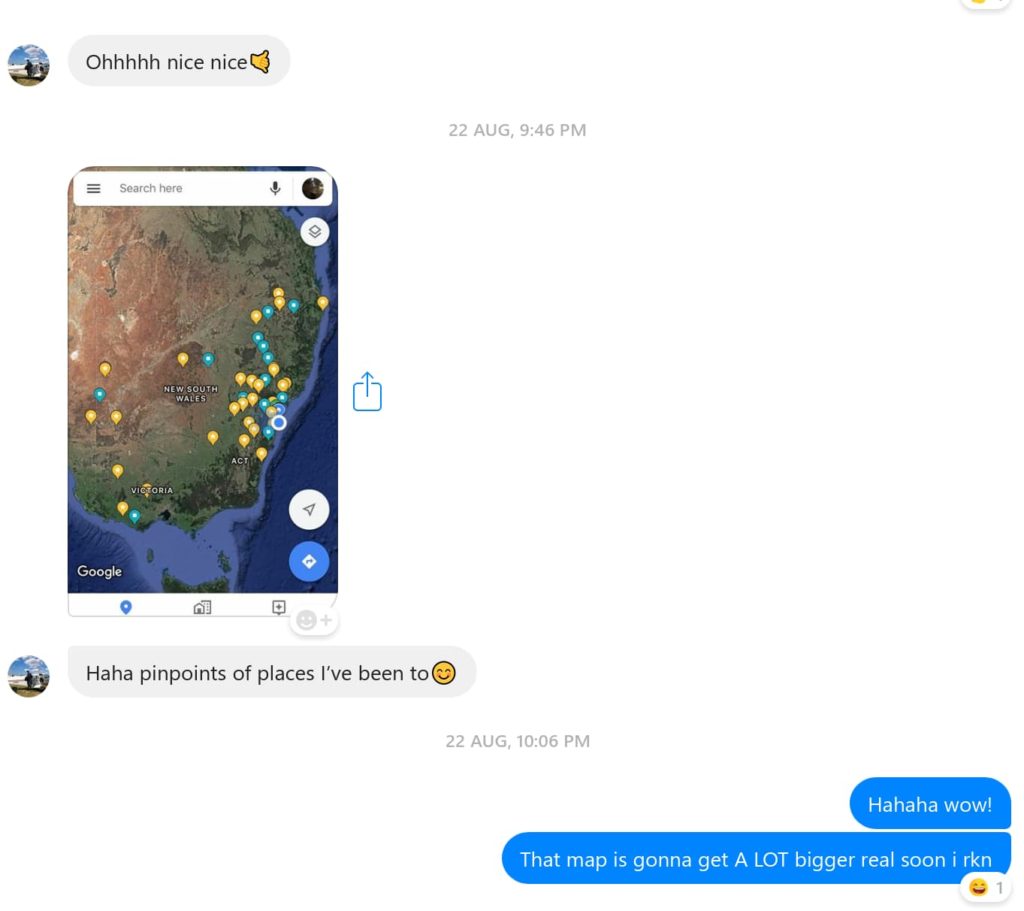
Turbulence

There were many battles lined up in my journey towards and through the doors of aviation.
The first great lesson was independence. In my senior high school years, I soon came to realize how different or unique my passion was. Everyone I knew had a mutual friend who shared the same interest or was already studying said interest. In my family, I grew up with two older and very academic sisters who went to study medicine which immediately raised many questions among my parents’ friends as to whether I would continue this ‘streak.’
Fortunately, my parents staunchly supported my passion and would even say that they preferred this. I couldn’t give away what I gained in the past couple years so I planned my school subjects to best suit flying. After completing my HSC, I was lucky enough to board a plane piloted by famous Captain Richard De Crispigny, a heroic international pilot who safely landed a stricken plane with engine failure in Singapore in 2010 and saved all 469 passengers on board.

Over the next three years
encapsulating 15 months of training where my perseverance was tested,
I completed the program with a final strive of determination. Basair
Aviation College finally moulded me into the pilot I am today with a Commercial
Pilot License in my hand.
Finally Graduated!
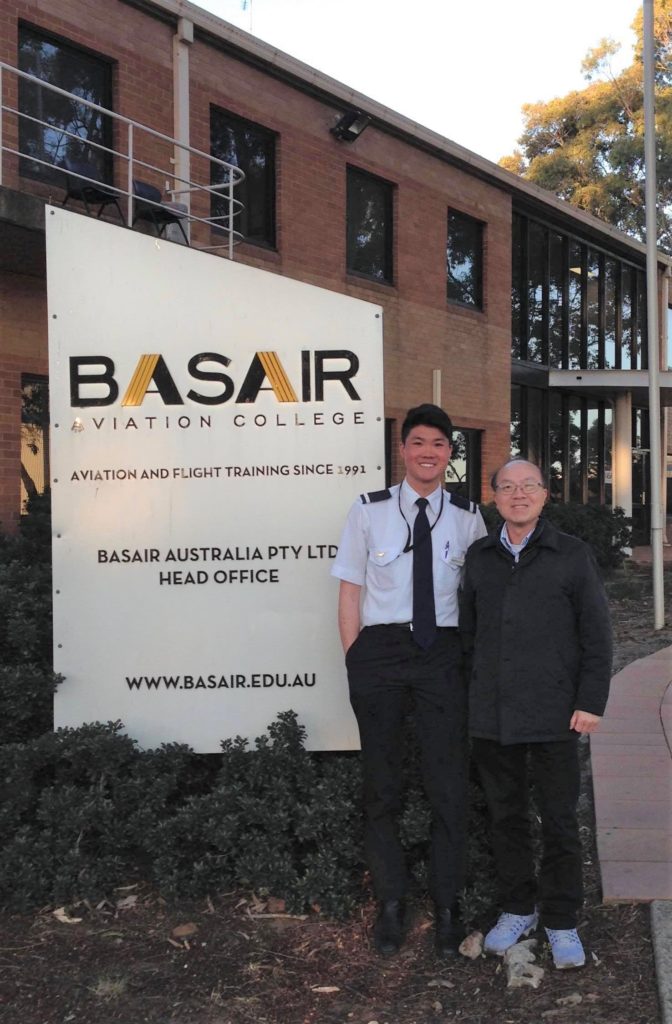
“Gliders, sailplanes, they are wonderful flying machines. It’s the closest you can come to being a bird.”
Neil Armstrong

Tips for Aspiring Pilots in High School
TIP 1: In my experience, it’s never too early to start preparing.
TIP 2: Acquiring knowledge in aviation theory is equally as important as polishing your practical skills to handle an aircraft.

In flight training, there are seven main subjects:
1. Navigation
2. Meteorology
3. Aviation Law
4. Aerodynamics
5. Aircraft Performance
6. General Aircraft Knowledge (mechanical theory)
7. Human Factors
TIP 3: You can start early by choosing your high school subjects as closely related to flying as possible. In my case, it was a very mathematical and science-based format of Advanced English, 4 unit Math, Physics and Chemistry. How typical am I right?
I also went to a tutoring centre in Hurstville, Sydney called SIGI Learners and that saved me a lot of time.


(02) 9579 2088
www.sigilearners.com or FB
Suite 1, Level 3, 227 Forest Rd, Hurstville
We were introduced to a slogan at SIGI: ‘Study Effectively, Not Hard.’ This educational
philosophy bonded with my aviation studies even after high school.
TIP 4: Meet people from the industry.
Deciding to commit to aviation is very hard when hardly anyone else happens to share such a rare trait. How often do you meet someone who happens to be a pilot? Initially, commitment equates to immense self-initiative like attending careers expo meet and greets, asking different flight schools for work experience opportunities and even attending air shows such as ‘Avalon Airshow’ or your more local ‘Wings Over Illawarra Air Show’. The last two examples are great ways to volunteer with hands on experience in the industry and even build a few connections.
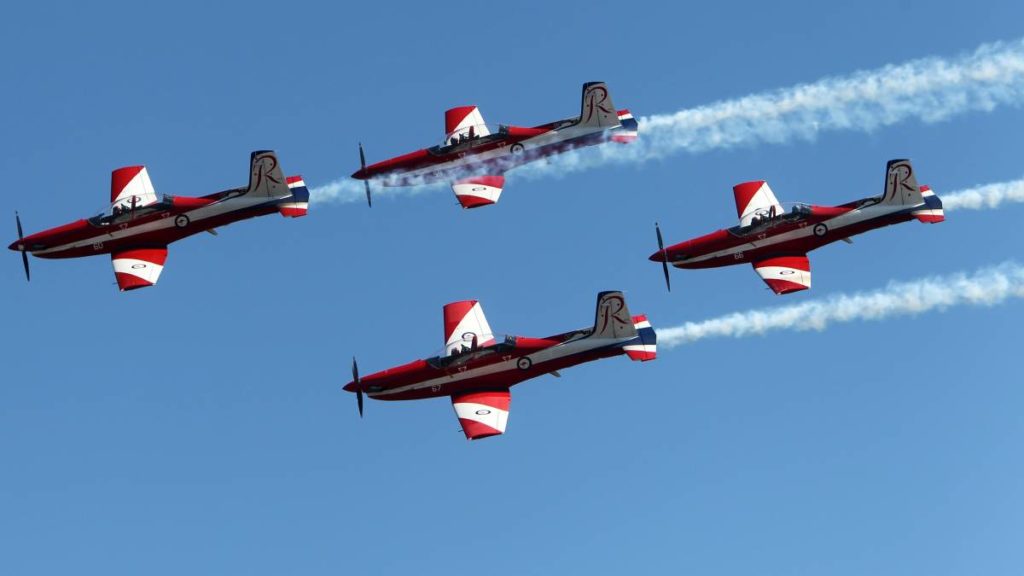
TIP 5: Studying ahead is another way to gain a better perspective into aviation and it’s a great feeling to nail your first exam. Basic Aeronautical Knowledge by Aviation Theory is a great book to start with.
Light reading for early exposure is very beneficial as you get a taste of what each of the seven topics involve and it might even grow your interest in aviation.

Flying
Aviation differs from your other occupations and
acquiring your handling skills is very hard and also, not everyone has their
very own aircraft.

Flying is a very demanding cognitive motor skill
sport that will greatly challenge your mental capacity and multi-tasking
skills. It will start with difficulty but it’s not impossible. I never had any
flight experience before my first day in training and I wished there were a few
things I did beforehand that would’ve smoothed out the process. Again, not
impossible; feasible but challenging.
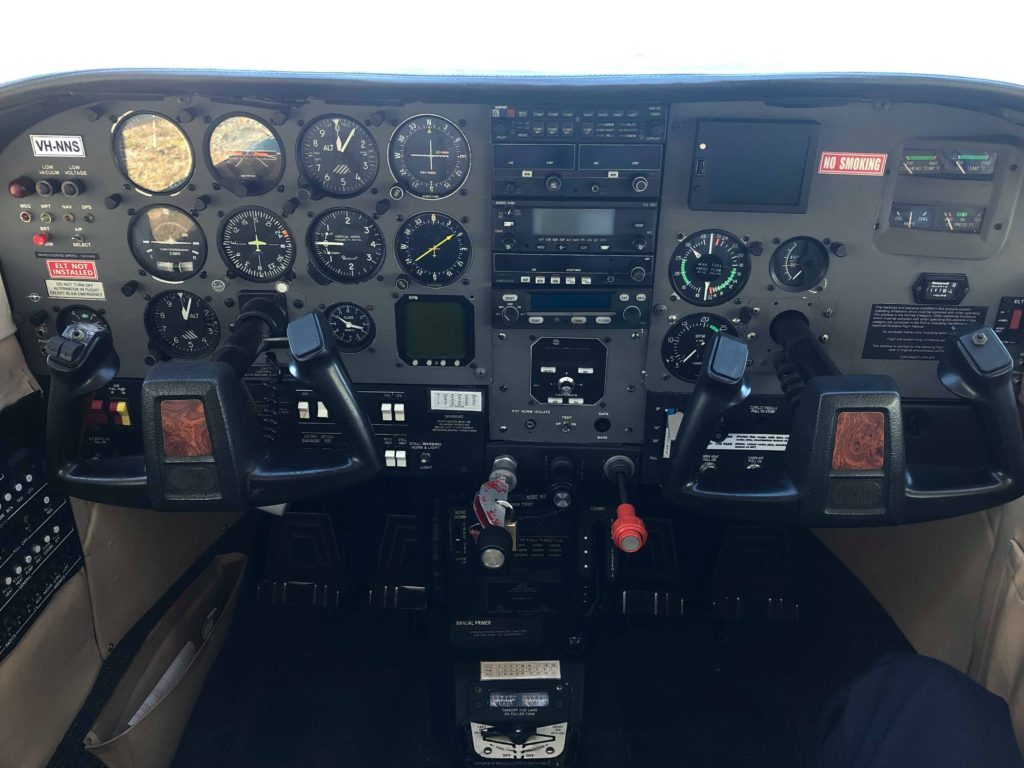
TIP 6: One accessible recreation is driving!
First time driving can be quite a nightmare so you can probably imagine the magnitude of handling an aircraft, which is why you would really want to build up those motor skills and hand eye coordination and motor skills, hence driving.

TIP 7: TIF (Trial Introductory Flight) is worth the investment – a little extra for flight simulations.
TIP 8: Check out Basair Aviation College. I
heard good things about them so I joined up and am currently still attending
even though I finished my studies at UNSW. They have not disappointed!


Why Do I Fly?
I never had the ‘need for speed’ sort of mindset or your usual “Top Gun” energy when I first started flying, in case some of you are wondering. But upon every accomplishment whether it be the next licence or aircraft endorsement, I gain a refurnished perspective of the ability that pilots have and even more so the gravity of responsibility they uphold.
I think I’m quite tame in a way. Every flight for me has that sort of mission vibe, like this is what we need to get done today. And knowing that I’m steering this flying machine that takes me where I need to be feels soothing. I think the opportunity that I have to see things from my view is something people rarely get to experience and this rarity, this gem, is just in the palm of my hand.
Up there, we hear the communication world in the sky: different aircrafts, ATC (Air Traffic Control) talking… it’s a very monitored space. There’s the hum of the engine….
That’s it! If you have any questions, don’t hesitate to reach out. Comment on the post and SIGI and I will both see it and answer you! All the best to all the aspiring pilots out there.
Gabriel
PS: Please spread this article to your friends who might be interested in flying + one last photo below of my training flights!
Until you spread your wings
you have no idea
how far
you’ll fly
Anonymous

